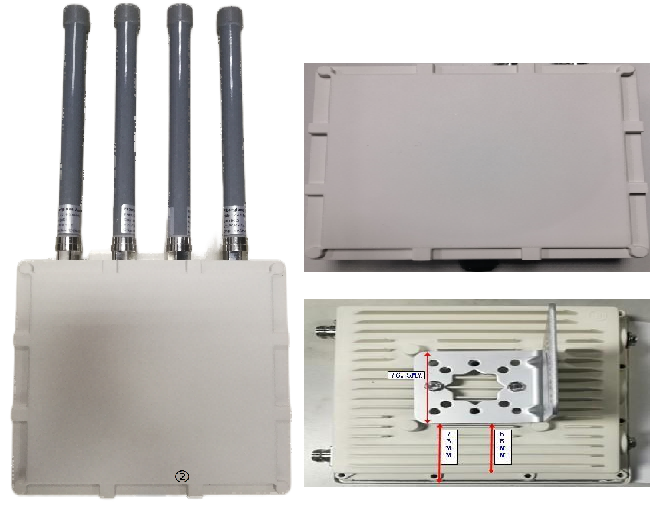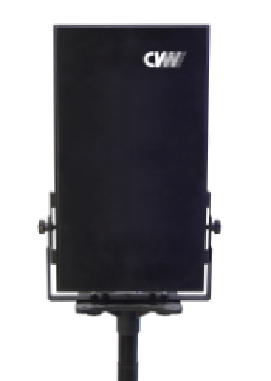When you’re filming events, there are a few ways to output video and audio from a video source to a streaming device. Two of the most common are HDMI (High Definition Multimedia Interface) and SDI (Serial Digital Interface).
The Major Difference between HDMI and SDI
HDMI and SDI connections both offer ways of streaming video data. The question is, what makes a videographer choose one or the other?
HDMI is more often chosen as a consumer-focused standard, commonly found on lower-end cameras and video production equipment. SDI connections can be found on high-end equipment and are often sought by professionals in the industry. SDI cables lock into place and carry data over longer distances, while HDMI doesn’t lock into connected devices and is restricted to shorter distances. However, you’ll need a deeper look into both of these connection types to determine which you should use — so keep reading.
What is HDMI?
HDMI is a video standard commonly used in consumer/prosumer environments. HDMI transmits uncompressed video and embedded audio signals to any device that can display or encode video.
Typically, HDMI video signals can run a short distance without needing a repeater, a device that lets you boost the HDMI signal to another cable so it can run longer. If you need additional signal length, you can use these converters to send an HDMI signal over a single.
Common HDMI Connector Types
HDMI advocates praise the ubiquity of the format — most consumer and professional devices are compatible with HDMI, so it can be used in a variety of situations. This leads to many amateur broadcasters favoring HDMI over SDI due to familiarity.
But just because it can, that doesn’t necessarily mean it should.
Disadvantages of HDMI
One of the biggest weaknesses of the HDMI cord design is the lack of a locking mechanism. The connection is relatively flimsy, and as little as an accidental bump or a tripped-up foot can bring your broadcast to a screeching halt as expensive equipment is ripped right out of the socket.
This can lead to even more problems. Since HDMI cables can be tricky to repair, many opt to just replace damaged cables rather than deal with the hassle. Any risk to your broadcast suddenly being cut off should be concerning, and that wariness should be multiplied by the possibility of damaged equipment — which could set you back hundreds or even thousands of dollars.
The Ideal Environment for HDMI
Controlled, indoor environments with clear pathways and stable, safely implemented equipment are ideal for an HDMI connection.
What is SDI?
SDI is a professional video signal that’s preferred in production environments because of its longer range (up to 300 feet) and reliability. It’s typically sent along BNC cabling that has specialized connectors on each end to lock into the devices they connect to.
If you’re in an environment where your cable could be unplugged or tripped over (you should tape it down anyway), SDI connections are ideal.
Common SDI Standards
HD-SDI
Dual-Link HDI-SDI
3G-SDI
6G-SDI
12G-SDI
Quad Link SDI
Benefits of SDI
Locking mechanisms aren’t the only advantage of the SDI connector.
Those in favor of the SDI format prefer the cord for its simple and reliable design. BNC cables tend to be durable and easy to repair. However, there is some risk to such well-fastened cables. They might stay attached during an accident and take any connected devices with them.
Tripping hazards aside, SDI standards are seen as the professional benchmark for a reason. Broadcasts that require your subject and camera to be moving frequently can be great opportunities for an SDI interface to shine, as you can plod on through without fear of disconnecting from your devices.
The Ideal Environment for SDI
Sporting events, concerts, and venues with lots of active foot traffic can be excellent cases for SDI use. Outdoor venues with harsh weather or wildlife would also be good settings for SDI connections.
They’re also ideal for situations where your stream can’t risk interruption or disconnection. This can be found in important broadcasts like emergency declarations, but many professionals would rather not take the risk at all. So an indoor, closed studio, with heavily managed foot traffic and clear cable lines may opt to go for SDI to HDMI to maintain that polished demeanor.
Remember: Just one disconnection or technical difficulty can lead your viewers to look for new content — an SDI connection minimizes this chance.

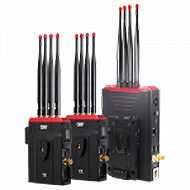 Multi-camera wireless video transmission
Multi-camera wireless video transmission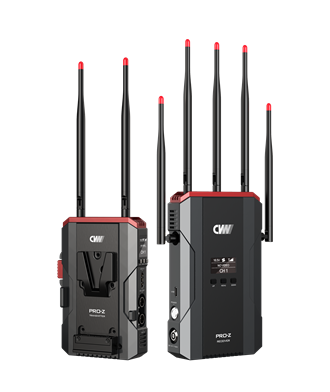 Zero Latency Wireless Video Transmission
Zero Latency Wireless Video Transmission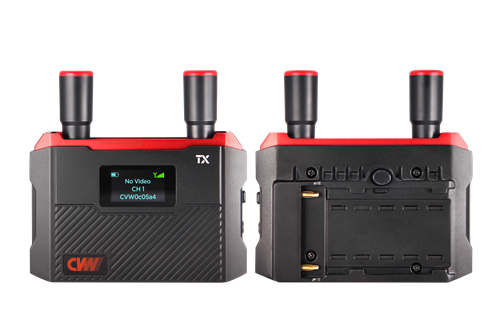
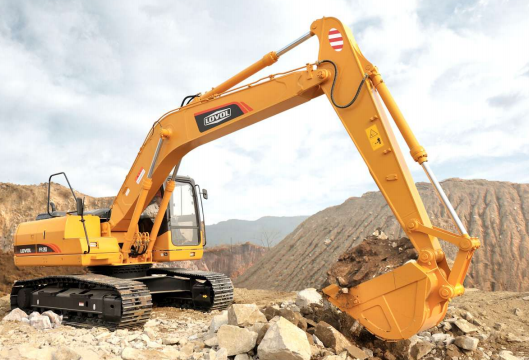 Designed for teleoperating the heavy equipment
Designed for teleoperating the heavy equipment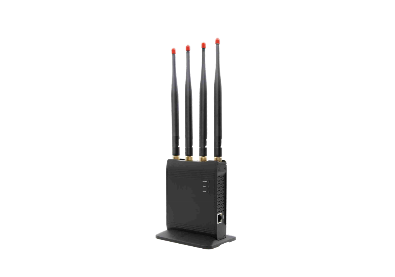 Wireless high-speed data transmission
Wireless high-speed data transmission